
Are you a parent of a teenager? Do you often get worried about your children using cell phones? Or are you someone who sees cell phones as a distraction? Let’s just deeply dig into these common topics altogether.
For quite a long time, there has been a tug-of-war going on between teachers, students, and guardians about whether phones should be allowed in schools or not. It is finally coming to a resolution between teachers and parents by introducing digital technologies in school.
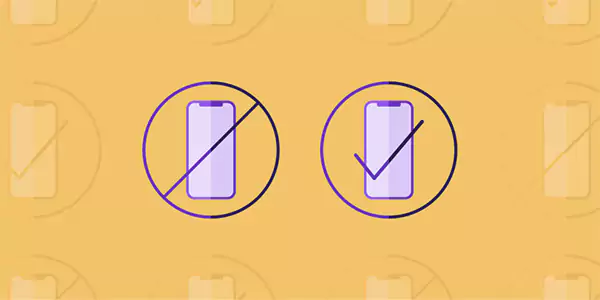
Many schools and universities have lifted the ban on cell phones. This decision does not go down the throat of many parents. To erase parents’ disapproval, many universities have laid down guidelines to curb the use of cell phones.
Parents have been assured that students would be taught digital etiquette and explicit instructions in school so that it doesn’t hinder their education.
Introduction to Traditional and Modern Ways of Education
If you trace the history of our forefathers, it goes a long way back to several years. Our ancestors used to write on floors using rice and pulses, wooden slates, and then later on, notebooks and pencil pens were developed. Each year brings some changes with it and people who adapt to these changes can survive and make progress.
The first cell phone was introduced to the public by Motorola on 3 April 1973. But as it was a phone with minor features, it didn’t make that impact on the public. The first smartphone with exclusive features was developed in 1993 by IBM.
Who thought that this invention would bring a revolution in the methods of teaching? And will give rise to a prolonged debate between parents and teachers.

With the rise of the 21st-century approach to teaching, evolved inclusion of technology became a necessity. The government of India also made education a key area of focus. In schools, computers and smart boards were introduced to make classrooms more interactive.
In European countries, you can’t imagine education without projectors and personal laptops. You can trace the roots of dependence on technology long back. Have you looked around you? One or another friend of yours must be typing reports or using an e-book on a tablet.
So why are people so rigidly against phones being allowed in schools? The main reason behind it is that parents never viewed cell phones as a learning tool. Usually, parents view it as a source of entertainment and distraction.
You must be heaven-dropped if you never got scolded for using phones. Parents usually align every issue with the use of phones. But some parents understand why phones should be allowed in school.
During Covid-19, we witnessed a skyrocketing increase in dependence on cell phones. The reason for this shoot-up was the lockdown, which forced teachers to shift offline classes to online classes.
Students of different age groups were brought under the umbrella of smartphones and computers. This made some parents realize that education could also be imparted through cell phones.
Some Statistical Data Regarding Cell Phones in Education
Before examining the benefits and drawbacks of should phones be allowed in school, let’s just walk through some statistical data. This will familiarize you with the wider topics ahead.
- According to N.P.R., more than 53% of children own a cell phone by the age they turn 11yr old. This is staggering since the permissible age for owning a Cell phone is 13 yrs, as voiced by Brooke Shannon in Wait Until 8th.
- According to eMarketer, “Among the 14- to 18-year-olds polled, 87% said they ‘own and use’ a smartphone—i.e., penetration is about a dozen percentage points higher than eMarketer’s figure for 12- to 17-year-olds.”
- As per Pew Research Centre, Children who indulge themselves in cell phones are using them as a learning tool. This will bring relief to some stressed guardians.
These are some of the clustered data which show that there is a constant rise in the usage of cell phones by teenagers. But what is astonishing is that they are using it for education and skill development.
Statistical data truly shows that there is no need to question whether phones should be allowed in school. Because whether we like it or not, students already have access to phones. So, it is better we drive them to use it as a learning tool than debating whether it should be used or not.
The data also reflects the two significant reasons why phones should be allowed in school. These include the inclusion of different sections of society. Cell phones can help lower-income students get an education if it is included in the curriculum. And the other reason is that cell phones can help them to learn at their own pace.
How to Effectively Utilise a Cell Phone for Education?
There won’t be anything in this world that doesn’t have benefits and drawbacks. What matters is how we perceive it and how we use it for the benefit of mankind.
Make Use of Educational Apps
There are many top-notch educational apps available for different age groups of children and for a wide range of subjects. It also provides ample opportunities for children to learn different languages and develop skills.
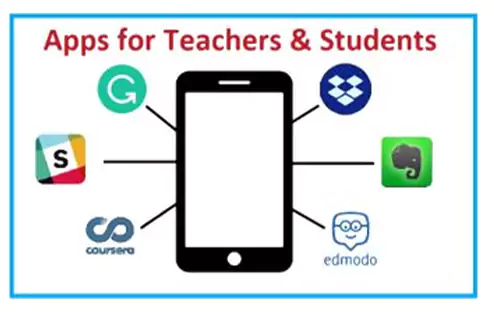
Teachers can guide students to use different apps for their personal development. Using different apps for visual teaching can make classrooms fascinating for students.
Design Easy-to-Use QR Codes
In order to send specific notes and research-oriented material, teachers can generate special QR codes. It could also be used for circulating specific subject marks. This will make the process more convenient for both the teacher and students.
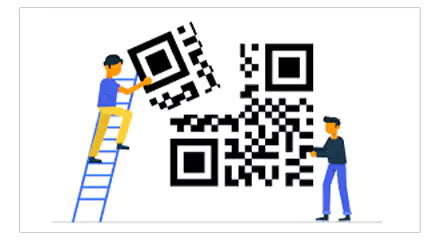
Plant Cooperation Through Group Activities
The teaching is not restricted to subjective knowledge. It is the duty of the teacher to impart students with moral knowledge. Teaching shouldn’t be restricted to the classroom. The teacher has a moral duty to educate students in such a way that they can apply it in their life to live a better life.
A teacher can help students to develop a feeling of cooperation by asking them to make presentations and research papers together. For an easy flow of information, they can make use of Google Docs, which allow access to material from anywhere.
Range of Podcasts, Videos, and Presentations
Every child has specific needs. Cell phones can help bring all this to a table without much hustle. It is often quoted by many researchers that through visual representations, students tend to learn more. Videos are visual representations of various concepts of different subjects. This could act as a plus point in a science classroom. Along with this teachers should also focus on hands-on learning.
Podcasts cover a range of disciplines, like scientific documentaries, literature, and historical developments. If it were accessible to students in classrooms, students’ imaginative and listening skills could develop.
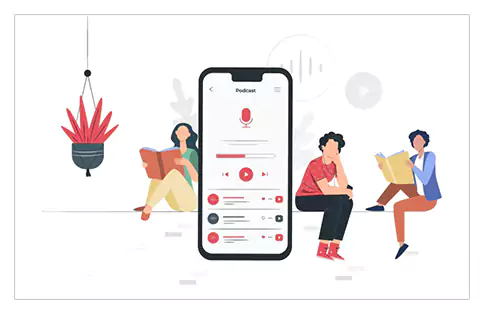
Easy Flow of Feedback
Reading and sending information has become way easier because of smartphones. Students can easily read each other’s assignments and can provide feedback to each other. This also helps teachers to provide instant feedback on students’ assignments or research papers.
Screen Control Apps Come to Rescue
One of the major concerns of parents is that phones might become a barrier to learning for their children. Many parents disapprove of phones should be allowed in school because they see them as a distraction for kids.
In order to combat this, parents can use any of the screen control apps. These apps can help parents to keep an eye on what their child is viewing, can restrict their usage time, and keep them away from inappropriate content. This is when parental apps come into the picture.
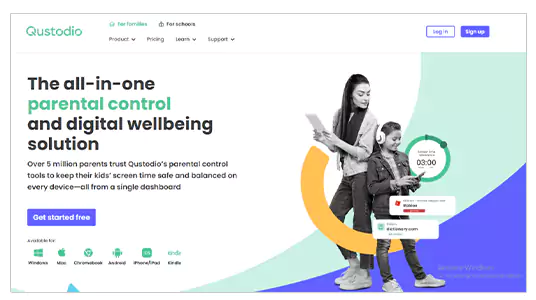
If you are a parent, the Qustodio Real Time Monitoring Software is highly recommended.
E-book Reader
Reading is one of the most crucial things in the development of students’ vocabulary. Reading Programs like The Orton Gillingham Reading Program can help children with reading difficulties.

This skill is the backbone of learning, without which the whole learning process will collapse. It is quite useful for students as they can read books and articles anywhere and everywhere. Moreover, it is interactive and cost-friendly for school-going children.
Why Should Phones Be Allowed in School?
There could be a good deal of reasons why phones should be allowed in school. If we analyze the scenario in detail, it could be said that the advantages of the phone will outnumber its disadvantages.
Ensures Safety
Parents are most concerned about the safety of their children. Usually, the request to allow phones in school comes from guardians. They want to use cell phones in order to communicate in the time of emergency, manage pick and drop facilities, and in order to keep a check on the student’s location.
In the U.S.A., there is a demand from parents that phones should be allowed in school because of rising cases of school capturing and bombarding. In order to know about their safety if the situation arises, parents want this change to happen in schools.
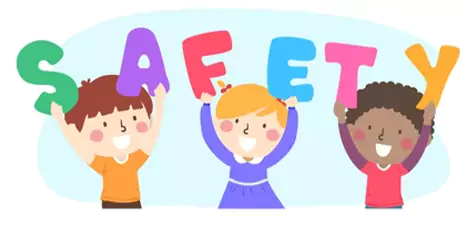
Can Save Money and the Environment
Gradually, e-books are replacing the hard copy form of books. This switch is quite favorable for the environment, as many trees are cut to make paper.
The introduction of phones will result in less demand for hard copies of books, and the school does not have to incur expenditure for arranging books and notes for students.
This will turn out to be a cost-effective way for schools as e-books are available online for lesser pennies.
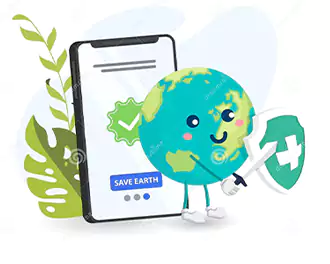
Equipping Students for Time Ahead
As the world is progressing and growing rapidly, everyone is aware that technology is the new future. Teachers can prepare students by introducing various learning tools in the class so that they can learn all the technological skills beforehand and brush their existing skills whenever the need arises. It is often said that those who plan ahead can survive any drastic change.
Cell Phones as an Auxiliary Learning Tool
This point truly caters to the issue of why students should have phones in school. The best explanation for this flickering question could be that it serves as a learning tool apart from the explicit instructions from the teacher.
As mentioned above, cell phones could help in the overall development of children. It provides an opportunity for students to resolve their doubts there and then.
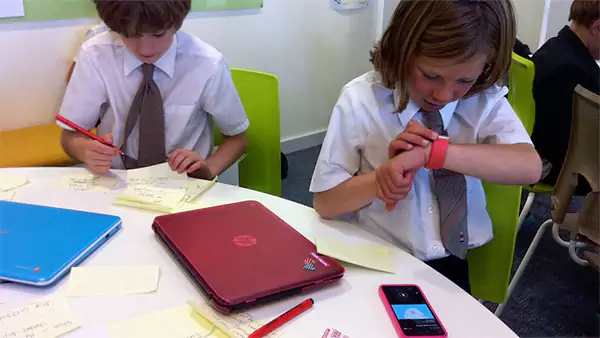
Moreover, students feel lethargic when teachers ask them to research certain topics when they reach home. Students and teachers often forget to discuss that in another class. But if phones are introduced, this learning gap won’t pop up.
Genie for Lower-Income Children
It was not long ago when I found my house to help kids study on the phone. I found it astonishing that in scorching heat, they were studying with firm determination. When I inquired, I came to know that she earns enough to send them to school but can’t afford to send them to tuition. So, they were studying through YouTube videos on the phone given by a house she works in.
It is truly amazing that cell phones hold so much power that they can help education spread to the roots of human existence. And what is the takeaway from this situation is that education is a free-moving thing that can’t be restricted to the four walls of the classroom.
Phones as Memory Recalling Tool
It is not possible for a child to absorb all the things which are taught in the class. There are many things that a child encounters for the first time in class. The camera feature of the phone lets a child capture the striking thing which he encounters.
Later on, this can help the child in recalling what was taught in class. Moreover, it is not easy for a child to note down all the things precisely on the notebooks, so he can click a picture on the blackboard.
Power of Voice Notes
Voice notes can be a powerful instrument for students with children with hearing aids. They can record what was taught in class if they find it difficult to comprehend things in class. The recording could be used in the future by their guardians in order to make the child understand things through hand gestures.

Students can also record the instructions which a teacher gives for an assignment or any project that a child often forgets when he/she begins making the project.
Nurture the Seed of Independence
If the teacher incorporates the cell phone in classroom teaching, he/she can beforehand send the lesson structure to the kids. Students would be motivated to research and sort out the learning issues themselves.
They will try to discover topics and lessons themselves, whereas the teacher will act as a facilitator. This will provide more opportunities for students to grow and nurture the seed of dependence.
Drawbacks of Allowing Phones in School
If there is a positive side to the question of why should phones be allowed in school, it pre-exists with a negative side as well.
The drawbacks of allowing phones in school are as follows:
Source of Distraction
One of the biggest areas of concern for both parents and teachers is that cell phones do not become a distraction and hinder the process of learning. Parents believe that it is easy for children to get distracted when using phones in the classroom. They might indulge themselves in websites that may not help in their learning.

Addiction to Screens
Many studies have found that it is crucial to monitor the screen time of students. Children are more prone to get addicted to technology. Cell phone usage should be limited so that it doesn’t turn into an addiction. If students aren’t monitored, they can develop eyesight issues.
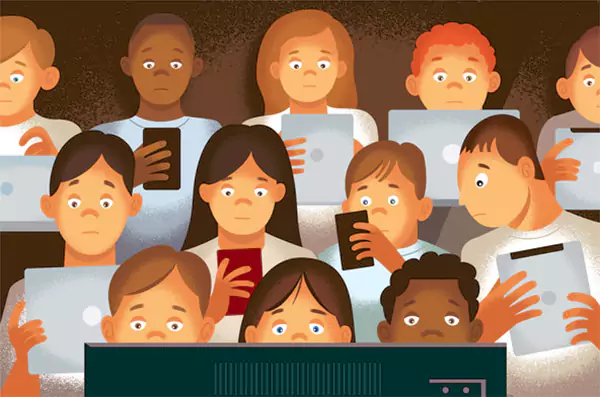
Can’t Deny the Possibility of Cyberbullying
No one can rule out the possibility of Cyberbullying. Bullying has always been a part of educational institutions, and though many measures are taken to eliminate it, it still exists. Bullying has now turned into cyberbullying, which is way too harmful.
It could be done in various forms like spreading rumors, falsifying information, circulating wrong information, and spreading pictures. Children are too innocent to deal with it. So it is necessary to be careful that bullying doesn’t happen.

In order to curb these drawbacks, parents can deploy children monitoring apps like Screen Time to keep a check on their children.
Is There Any Substitute for Cell Phones?
An analysis of both benefits and drawbacks has been executed for phones. If you are still eager to ask if phones should be allowed in school then, we can take a look at the substitutes for smartphones.
There are many substitutes available in the market for cell phones like GPS systems, Smartwatches, Laptops, Computers, and Tablets. But what is to be noted is there is no single device that performs all the functions of cell phones. Phones are a compact way of learning. While the other devices may have charging issues or be difficult to carry.

These devices may perform certain functions of cell phones, but they also don’t rule out the risks associated with the use of technology. The usage of these devices does not eliminate the complications associated with it.
How to Enlighten Digital Civility Among Students?
It is quite essential to teach digital civility to students once the school settles the question of whether should phones be allowed in school. Schools in collaboration with the teachers should lay out some rules and regulations which should be strictly followed by students.
To ensure that cell phones act as a learning tool rather than a distraction.
The following rules could be made:-
- Everyone should keep their phones on silent mode once they enter the school premise.
- Texting in between classes is strictly prohibited.
- If there is any emergency call from home, firstly, a teacher’s permission should be taken before answering the call.
- Don’t surf social media in school.
- Only educational websites should be opened when in school.
- At lunchtime, no student is allowed to watch random videos.
- No child should play music in class.
- Strict no to taking selfies. The phone should only be used for taking pictures of lessons and the teacher’s instructions.
These are the basic guidelines for developing digital civility among students. This will also help in the inclusion of every child when the rules laid for every child are the same.
The framework of Universal design for learning also works to enlighten civility among students and the notion that they can study from anywhere and everywhere.
Final Solution
It is often said that too much of something can be bad. So, here is the answer to the question: should phones be allowed in school? Yes, phones should be allowed in school for learning purposes.
Before phones should be allowed in school, it is necessary for schools to publish strict guidelines for students and parents. Schools should clearly define the punishments and fines for the students if found guilty of breaking the rule.
The corporate houses give the flexibility of using your personal devices to employees with the company’s email. Now, the schools have started moving towards the “Bring your own phone” movement for the betterment of students.
Also Read: Oceanofpdf & Its 12 Alternatives
Sources:
Also Read: